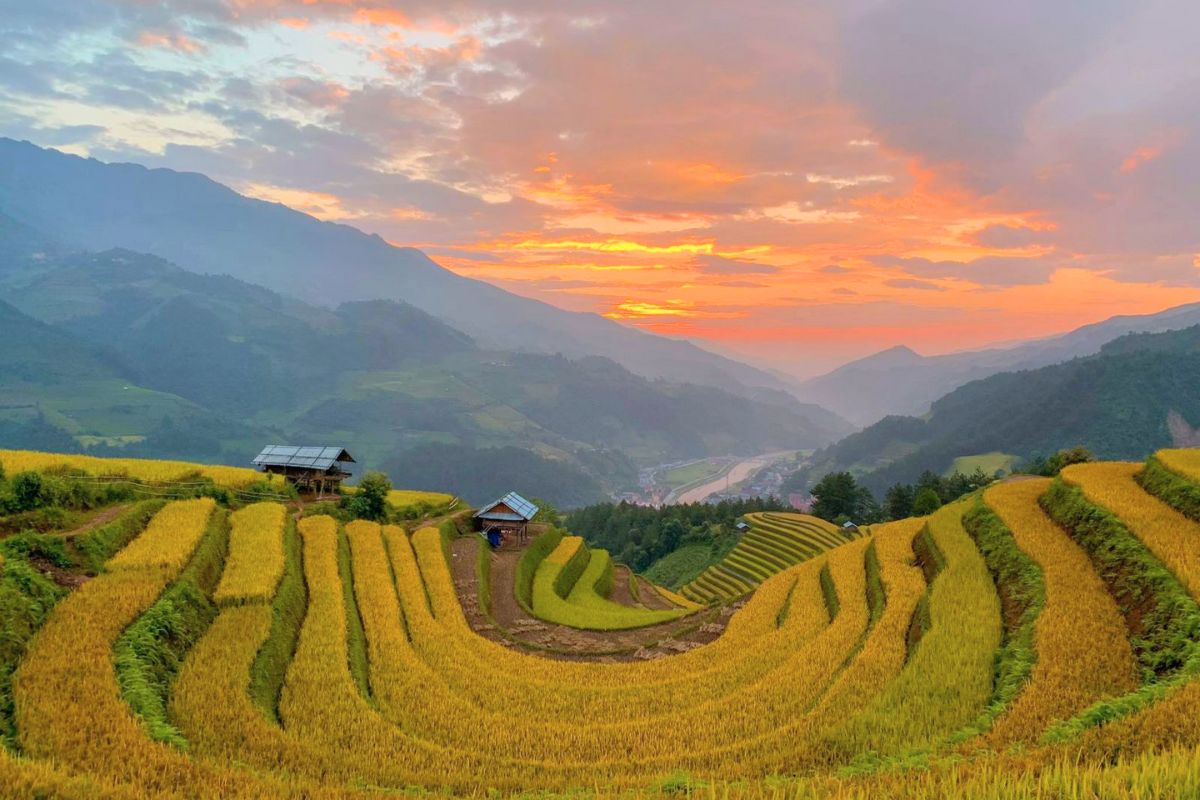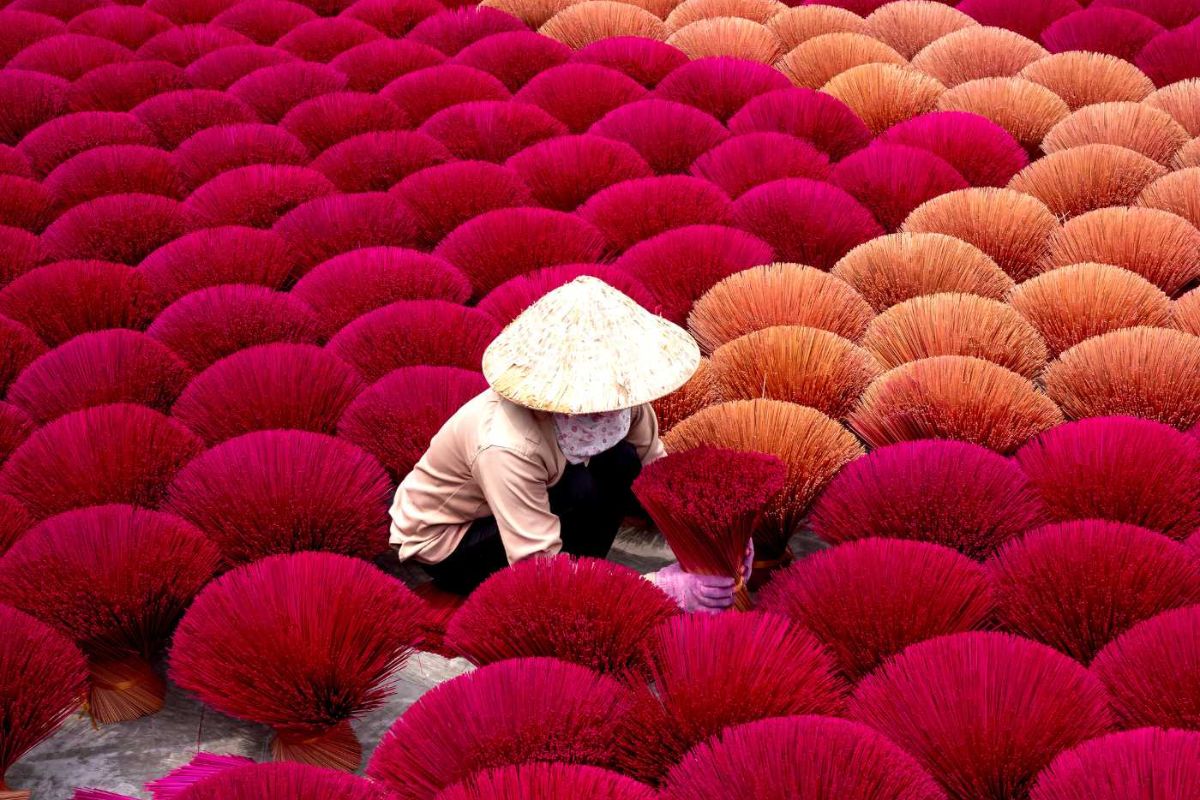TABLE OF CONTENT
- What Type of Rice is Used in Vietnamese Cuisine?
- 5 Essential Things You Need to Know About Vietnamese Cooking Culture
- FAQ
- What type of rice is used in Vietnamese cuisine for everyday meals?
- Is brown rice used in traditional Vietnamese cooking?
- How is rice typically served in Vietnamese meals?
- Are there any dishes that use a different type of rice in Vietnamese cuisine?
- How important is rice in Vietnamese cuisine?
- Can you substitute the type of rice used in Vietnamese cuisine when cooking at home?
- Are rice noodles considered a type of rice used in Vietnamese cuisine?
With foodaholic when coming to Vietnam, one of the first questions that comes to mind is: what type of rice is used in Vietnamese cuisine? This simple query opens the door to a rich and diverse food culture that has captivated taste buds around the world. So, let’s begin our journey by unraveling the mystery of what type of rice is used in Vietnamese cuisine and discover how this humble grain forms the foundation of one of the world’s most beloved food cultures.
What Type of Rice is Used in Vietnamese Cuisine?
In Vietnamese cuisine, the most commonly used type of rice is long-grain white rice, known locally as “gạo tẻ” or “ordinary rice.” This variety is prized for its light, fluffy texture when cooked and its ability to absorb flavors without becoming sticky. It’s the go-to choice for everyday meals across Vietnam, from humble home-cooked dishes to restaurant fare.
However, the type of rice used in Vietnamese cuisine isn’t limited to just one variety. Here’s a breakdown of the main types:
- Long-grain White Rice: As mentioned, this is the staple. It’s used in most meals, served steamed in bowls alongside various dishes.
- Glutinous Rice (Sticky Rice): Known as “gạo nếp” in Vietnamese, this type of rice is used in both sweet and savory dishes. It’s particularly popular in the north of Vietnam and is often used in festive or ceremonial dishes. Xôi (sticky rice with various toppings) is a common street food made with this rice.
- Jasmine Rice: This aromatic rice is sometimes used in Vietnamese cuisine, especially in more upscale establishments or for special occasions. Its fragrance adds an extra dimension to dishes.
- Brown Rice: While not traditional, brown rice is gaining popularity in Vietnam, especially among health-conscious urban dwellers. However, it’s not typically what type of rice is used in Vietnamese cuisine for traditional dishes.
- Rice Noodles: While not whole-grain rice, rice noodles are a crucial part of Vietnamese cuisine. Made from rice flour, they come in various forms and are used in iconic dishes like phở and bún.
The type of rice used can vary by region as well. Northern Vietnam tends to prefer medium-grain rice, while the south often opts for longer-grain varieties. The central region, known for its imperial cuisine, might use higher-grade rice for its elaborate dishes.
It’s worth noting that the choice of what type of rice is used in Vietnamese cuisine can significantly impact the dish’s final taste and texture. For example, the slightly chewy texture of properly cooked long-grain rice provides a perfect contrast to saucy stir-fries or vegetable dishes. On the other hand, the stickiness of glutinous rice makes it ideal for dishes that are meant to be eaten by hand or molded into shapes.
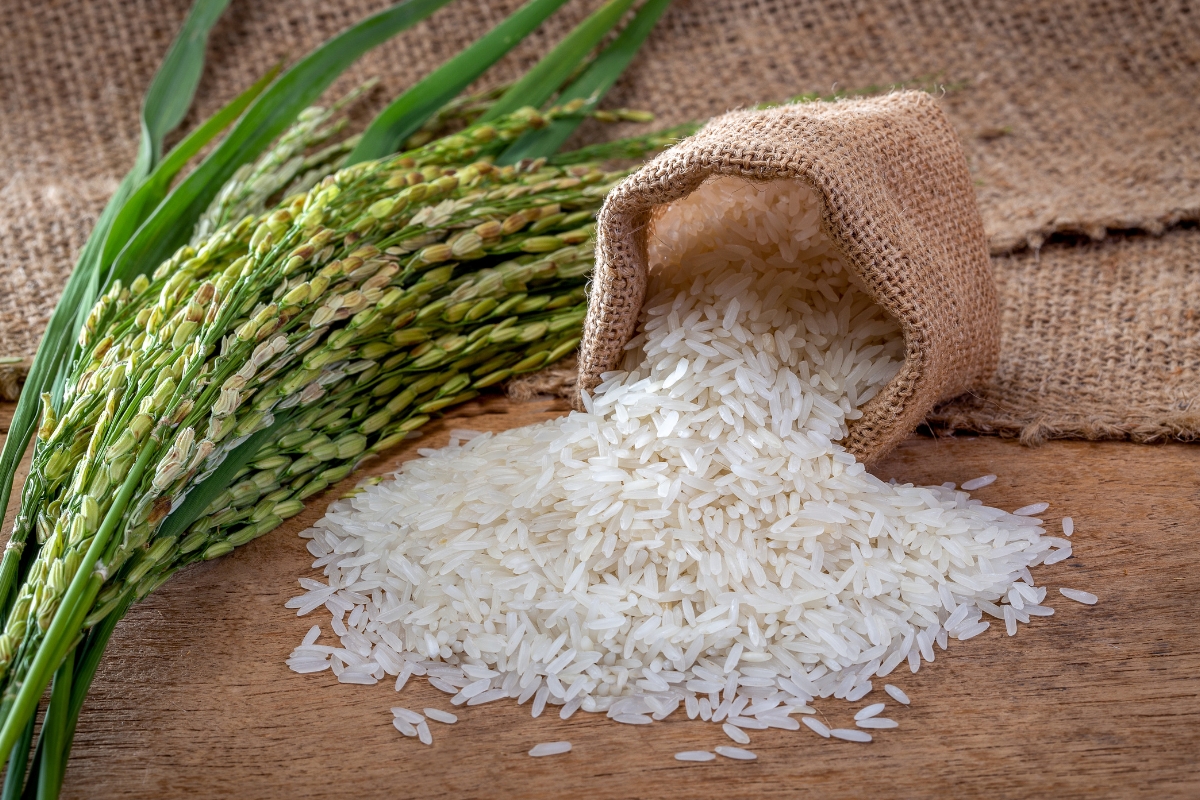
5 Essential Things You Need to Know About Vietnamese Cooking Culture
To truly appreciate Vietnamese cuisine, it’s important to understand the cooking culture behind it. Here are five essential aspects you should know:
1. The Importance of Balance
In Vietnamese cooking, balance is key. This philosophy extends beyond just what type of rice is used in Vietnamese cuisine to encompass all ingredients and flavors. Vietnamese chefs strive to create harmony between five fundamental tastes: sweet, sour, bitter, spicy, and salty. This balance is achieved through careful selection and combination of ingredients, resulting in dishes that are complex yet harmonious.
For instance, a typical Vietnamese meal might include:
- A bowl of steamed rice (showcasing what type of rice is used in Vietnamese cuisine)
- A light soup
- A vegetable dish
- A protein dish
- A dipping sauce
Each component plays a role in creating a balanced and satisfying meal.

2. Fresh Ingredients are Paramount
Freshness is a hallmark of Vietnamese cuisine. Markets bustling with vibrant produce, aromatic herbs, and just-caught seafood are a common sight across Vietnam. This emphasis on freshness means that many Vietnamese dishes are prepared with minimal cooking to preserve the natural flavors and nutrients of the ingredients.
When considering what type of rice is used in Vietnamese cuisine, it’s worth noting that even rice is often purchased in smaller quantities to ensure freshness. Many Vietnamese households buy rice weekly rather than in bulk to maintain its quality.
3. The Art of Herbs and Spices
Herbs and spices play a crucial role in Vietnamese cooking, adding depth, aroma, and nutritional value to dishes. Common herbs include:
- Basil
- Mint
- Cilantro
- Lemongrass
- Ginger
These are often used generously, not just as garnishes but as integral ingredients. When paired with the right type of rice used in Vietnamese cuisine, these herbs can elevate a simple dish into something extraordinary.
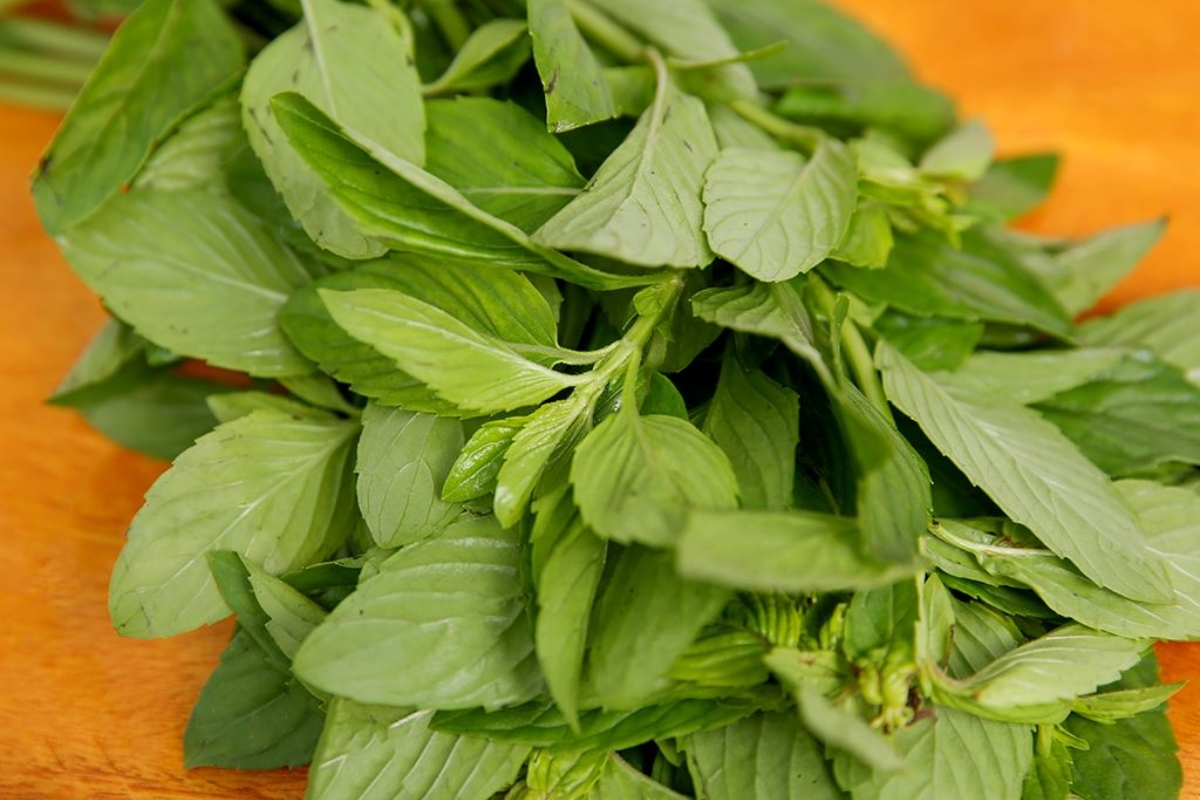
4. Regional Variations
Vietnam’s long, narrow geography results in distinct regional cuisines. The type of rice used in Vietnamese cuisine can vary from north to south:
- Northern cuisine tends to be more conservative, with a preference for simple flavors and subtle seasonings.
- Central Vietnamese cuisine is known for its spicier dishes and elaborate presentation.
- Southern cuisine incorporates more tropical fruits and vegetables, and tends to be sweeter.
These regional differences extend to what type of rice is used in Vietnamese cuisine as well. While long-grain rice is common throughout the country, you might find more glutinous rice dishes in the north and rice noodles in the south.
5. The Social Aspect of Dining
In Vietnam, meals are more than just about sustenance; they’re a time for social bonding. Vietnamese meals are typically served family-style, with multiple dishes placed at the center of the table for everyone to share. This communal style of eating fosters conversation and connection.
Rice, being the staple, plays a central role in this social dining experience. Understanding what type of rice is used in Vietnamese cuisine can help you appreciate how it complements and balances the other dishes in a shared meal.
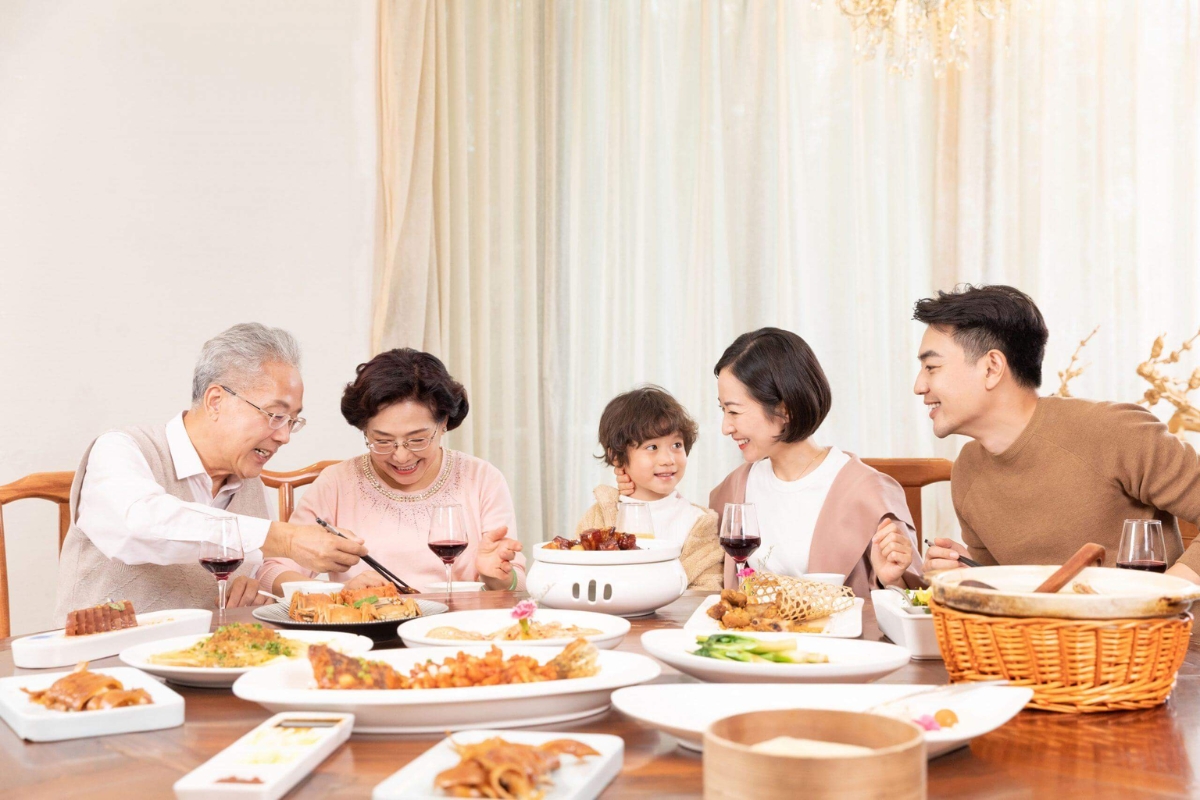
FAQ
What type of rice is used in Vietnamese cuisine for everyday meals?
For everyday meals, long-grain white rice is the most commonly used type of rice in Vietnamese cuisine.
Is brown rice used in traditional Vietnamese cooking?
While brown rice is becoming more popular for health reasons, it’s not traditionally what type of rice is used in Vietnamese cuisine. Traditional dishes typically use white rice.
How is rice typically served in Vietnamese meals?
Rice is usually served steamed in individual bowls as part of a larger meal with multiple shared dishes.
Are there any dishes that use a different type of rice in Vietnamese cuisine?
Yes, glutinous or sticky rice is used in some dishes, particularly desserts and special occasion foods.
How important is rice in Vietnamese cuisine?
Rice is extremely important in Vietnamese cuisine. It’s not just a side dish, but a fundamental part of most meals.
Can you substitute the type of rice used in Vietnamese cuisine when cooking at home?
While you can substitute, using the traditional type of rice will give you the most authentic flavor and texture in Vietnamese dishes.
Are rice noodles considered a type of rice used in Vietnamese cuisine?
Yes, rice noodles are another form of rice commonly used in Vietnamese cuisine, especially in dishes like pho and bun.
In conclusion, understanding what type of rice is used in Vietnamese cuisine is just the beginning of appreciating the rich culinary culture of Vietnam. From the balance of flavors to the emphasis on fresh ingredients, from the artful use of herbs to the regional variations, and the social aspect of dining, Vietnamese cooking culture offers a feast for both the palate and the mind.
Whether you’re planning a trip to Vietnam or looking to explore Vietnamese cuisine at home, keeping these essential aspects in mind will enhance your culinary journey. Remember, the type of rice used in Vietnamese cuisine may seem like a small detail, but it’s a fundamental element that ties together the entire gastronomic experience of this fascinating country.
—
To truly explore the rich tapestry of Vietnamese cuisine, including discovering what type of rice is used in Vietnamese cuisine, consider planning your trip with Asia Encounter. As a specialized tour company, we offer customizable itineraries that cater to your culinary interests. Whether you want to delve into regional rice dishes, attend cooking classes, or combine food tours with cultural experiences, we can tailor your journey to match your preferences.
With Asia Encounter, you’re not just observing Vietnam’s food culture – you’re immersing yourself in it. Let us help you create a personalized adventure that will deepen your understanding and appreciation of Vietnamese cuisine, one grain of rice at a time.

